
AeroGenie — Your Intelligent Copilot.
Trending
Categories
Air New Zealand Introduces New A321neo Aircraft
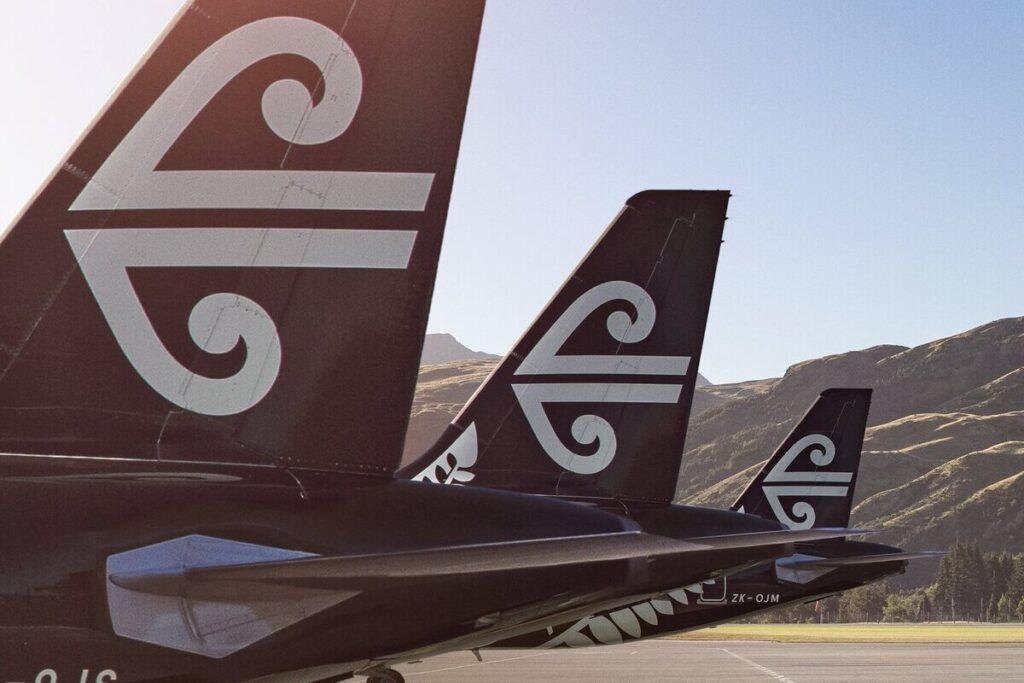
Air New Zealand Expands Fleet with New Airbus A321neo Aircraft
Air New Zealand is set to introduce its latest Airbus A321neo aircraft, with the first of two jets scheduled to arrive in Auckland on June 4, 2025. The aircraft will complete a 19,342-kilometre journey from the Airbus manufacturing facility in Hamburg, Germany, with planned stopovers in Muscat, Kuala Lumpur, and Cairns. Designed primarily for routes to Australia and the Pacific islands, the A321neo will accommodate 214 passengers. This addition marks a significant advancement in the airline’s narrow-body fleet, offering improved fuel efficiency, greater seating capacity, and a reduced environmental footprint.
This delivery is part of a broader strategic investment by Air New Zealand, which also includes the introduction of newly retrofitted Boeing 787-9 Dreamliners and the recent launch of a new jet service connecting Hamilton and Christchurch. Together, these initiatives highlight the airline’s commitment to enhancing both its domestic and international networks.
Phased Introduction and Strategic Impact
The arrival of the first A321neo signals the start of a phased fleet expansion, with the second aircraft expected to enter service in the coming months. Collectively, these two jets will contribute approximately 70,000 additional seats annually to Air New Zealand’s network, supporting increased capacity and route flexibility.
Jeremy O’Brien, Chief Commercial Officer of Air New Zealand, emphasized the significance of this milestone, stating, “These new A321neo are a clear sign we’re investing for the future – boosting our international network and delivering more choice for customers. It’s about doing what we do best: connecting Kiwi to the world and bringing visitors to our shores.” He added that the airline looks forward to deploying the aircraft and sharing further details about their routes in due course.
The introduction of the A321neo underscores Air New Zealand’s forward-looking approach, ensuring the airline remains at the forefront of aviation innovation while enhancing travel experiences across the region.

SITA Highlights AI, Biometrics, and Seamless Travel in Asia’s Aviation Future

DLA Land and Maritime and DLA Aviation Meet to Discuss Strategic Collaboration
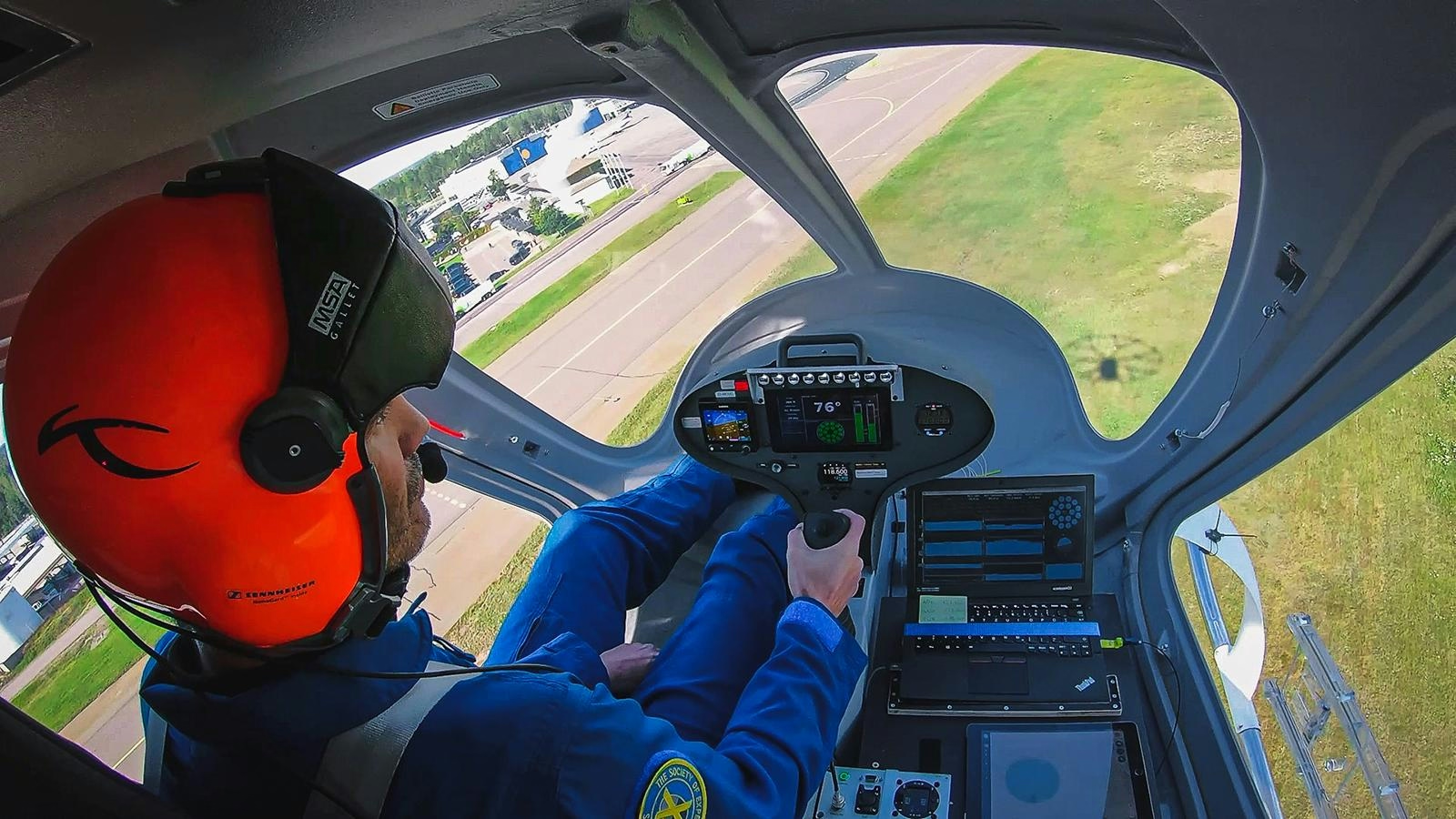
Joby Begins Air Taxi Pilot Training Program in California
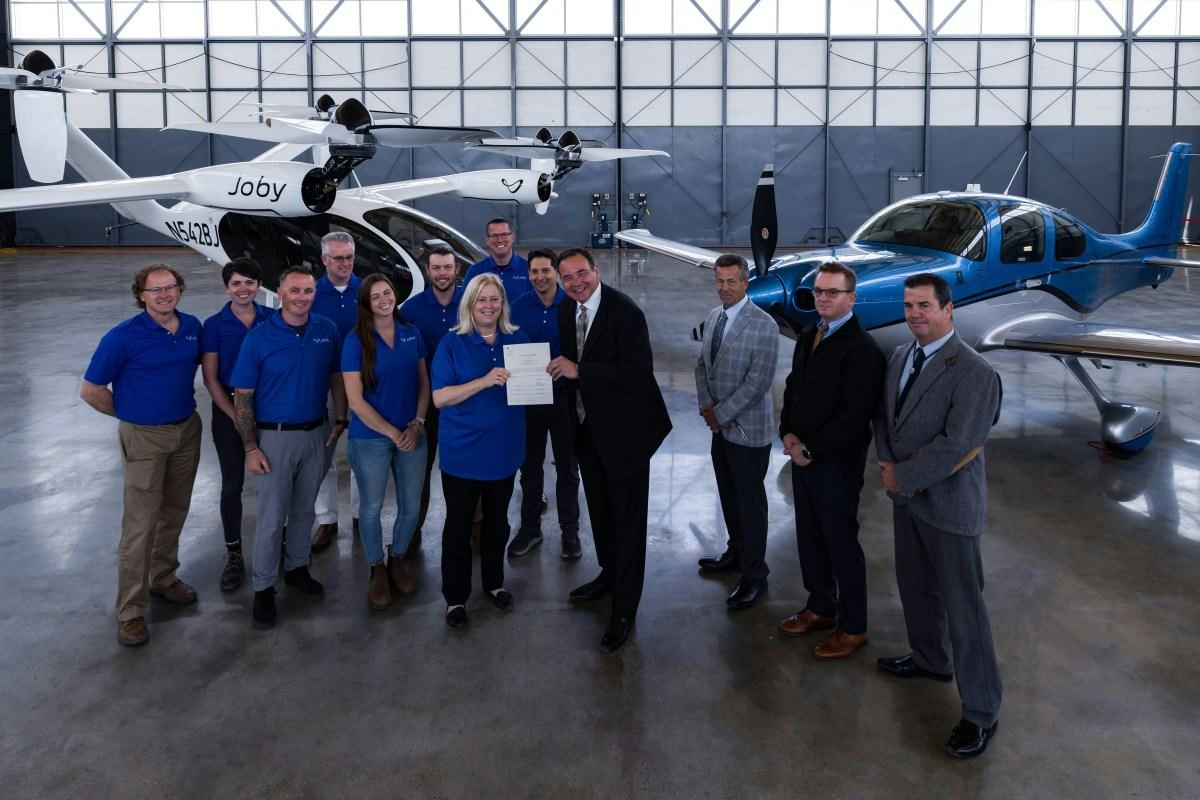
Joby Receives First CAE Flight Simulator to Enhance Air Taxi Pilot Training in Marina
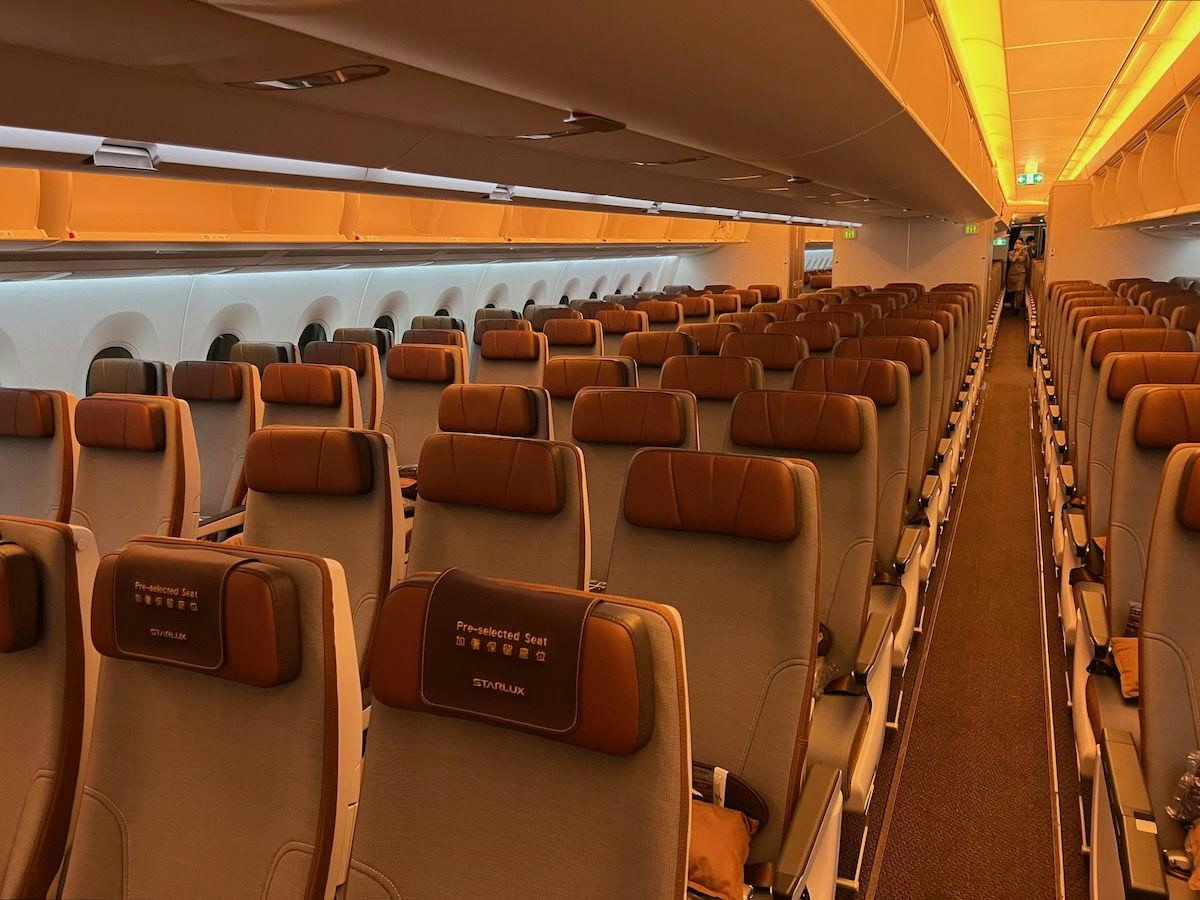
Review of Airbus Widebody Aircraft
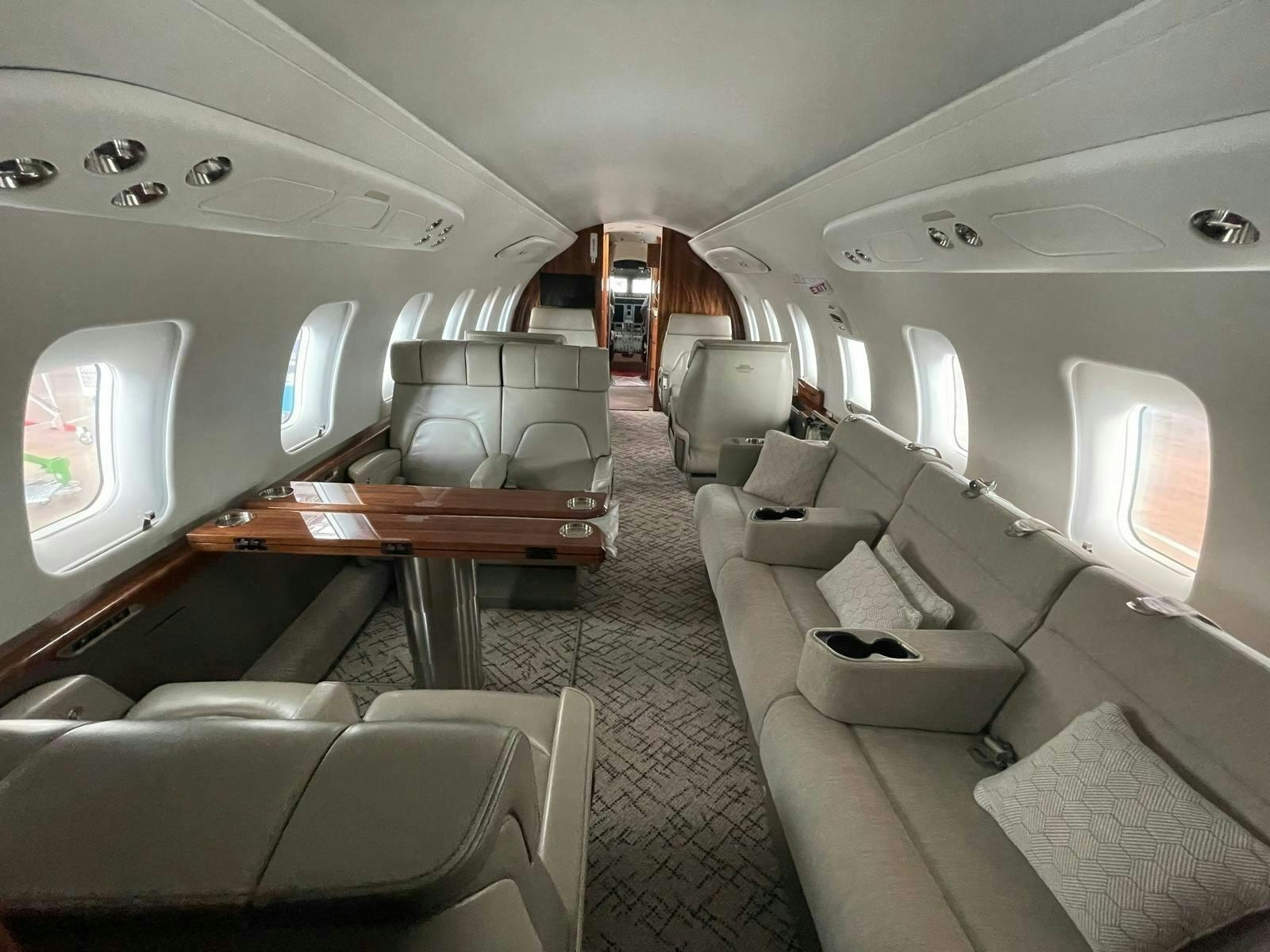
Nomad Technics Completes Maintenance on Challenger 650

CFM56 Engine Repurposed to Power AI Data Centers
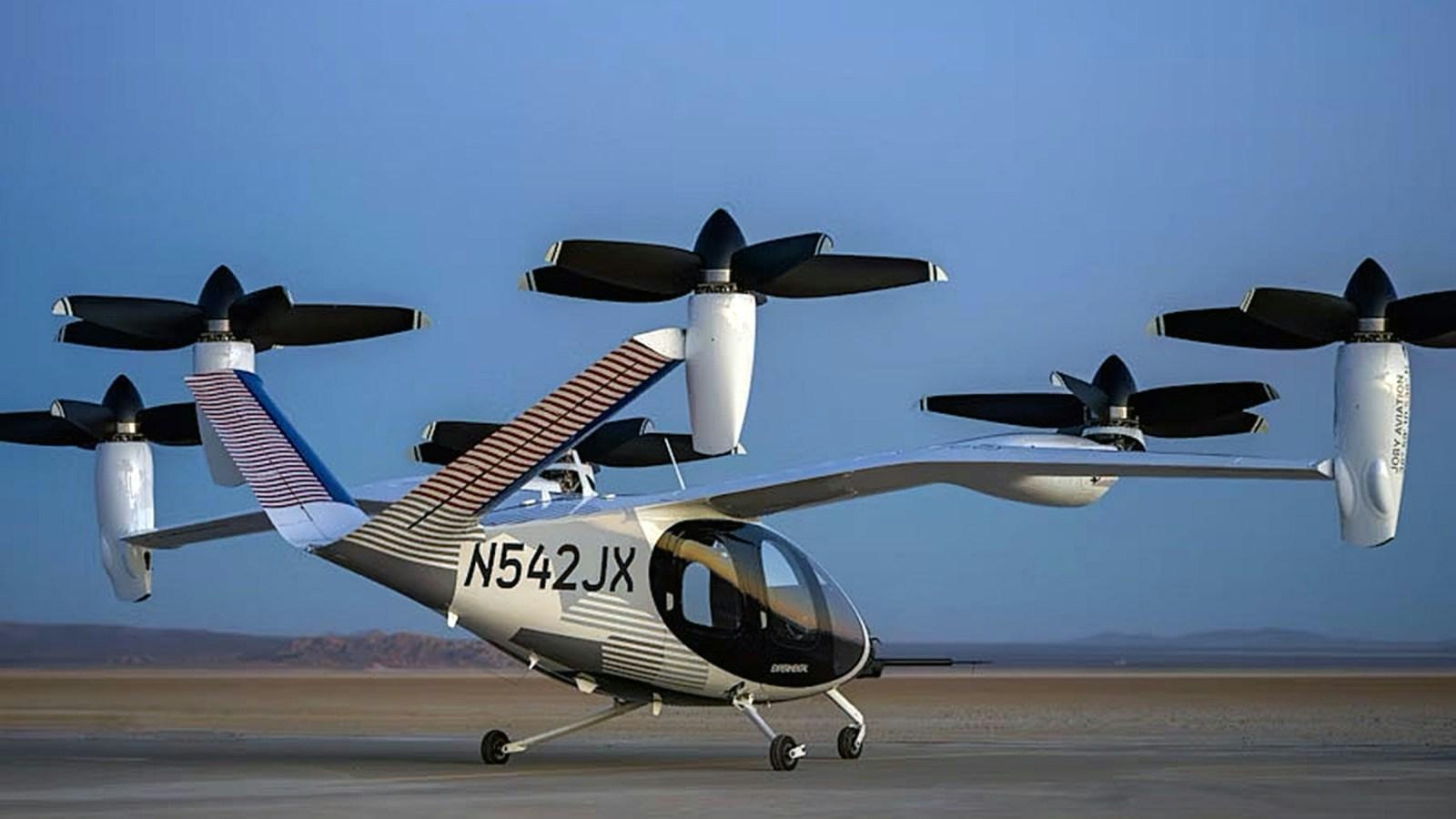
Joby Aviation Prepares for Air Taxi Pilot Training Ahead of CES 2026
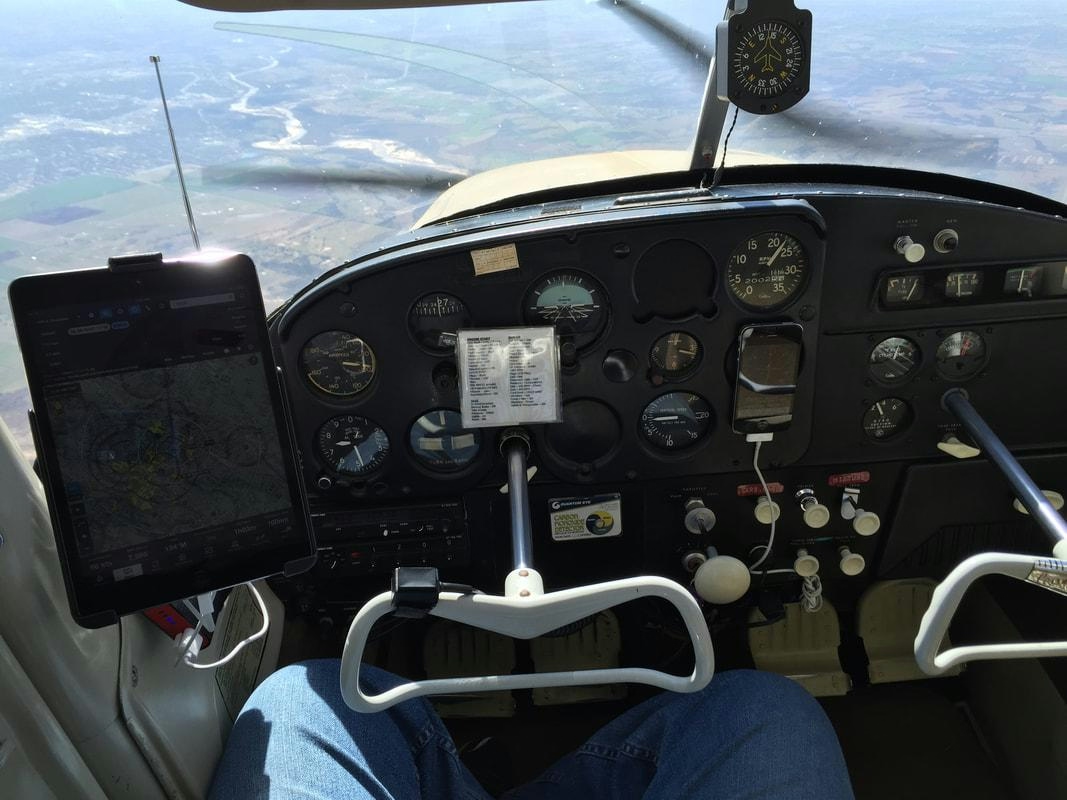
Fuel Exhaustion Caused by Incorrect Fuel Selector Installation
